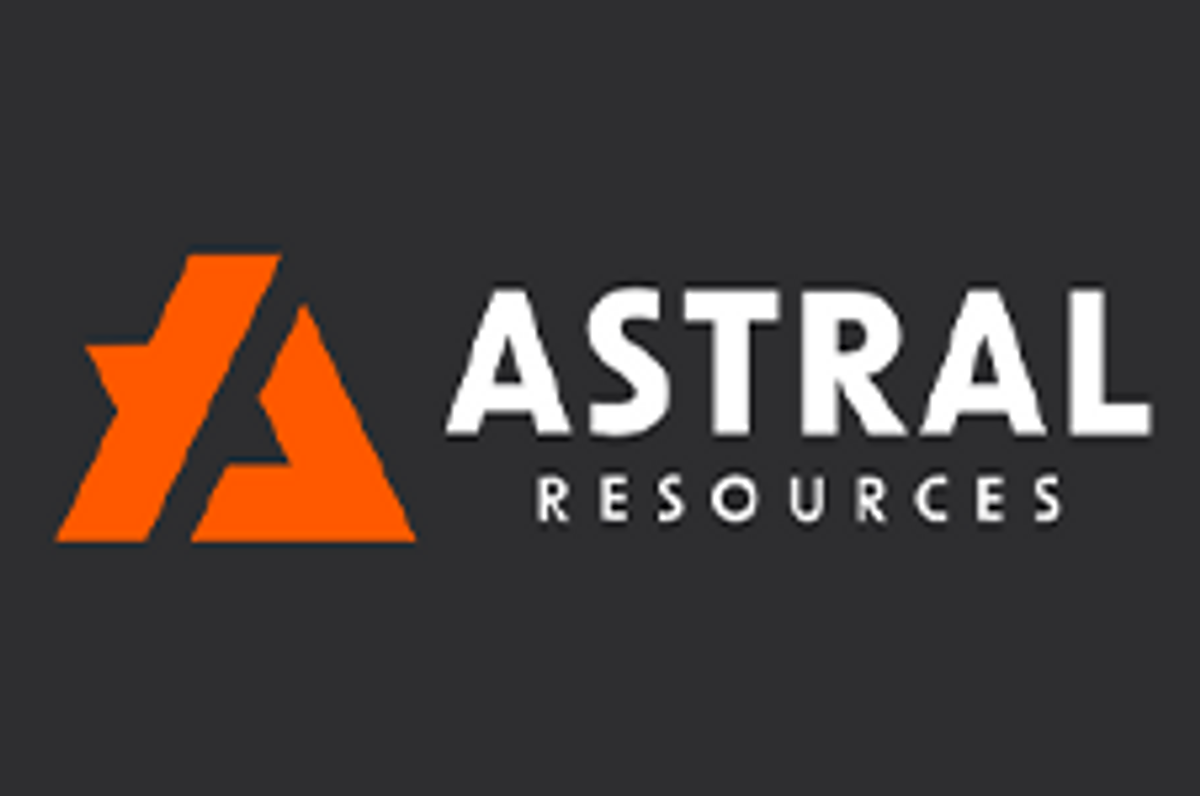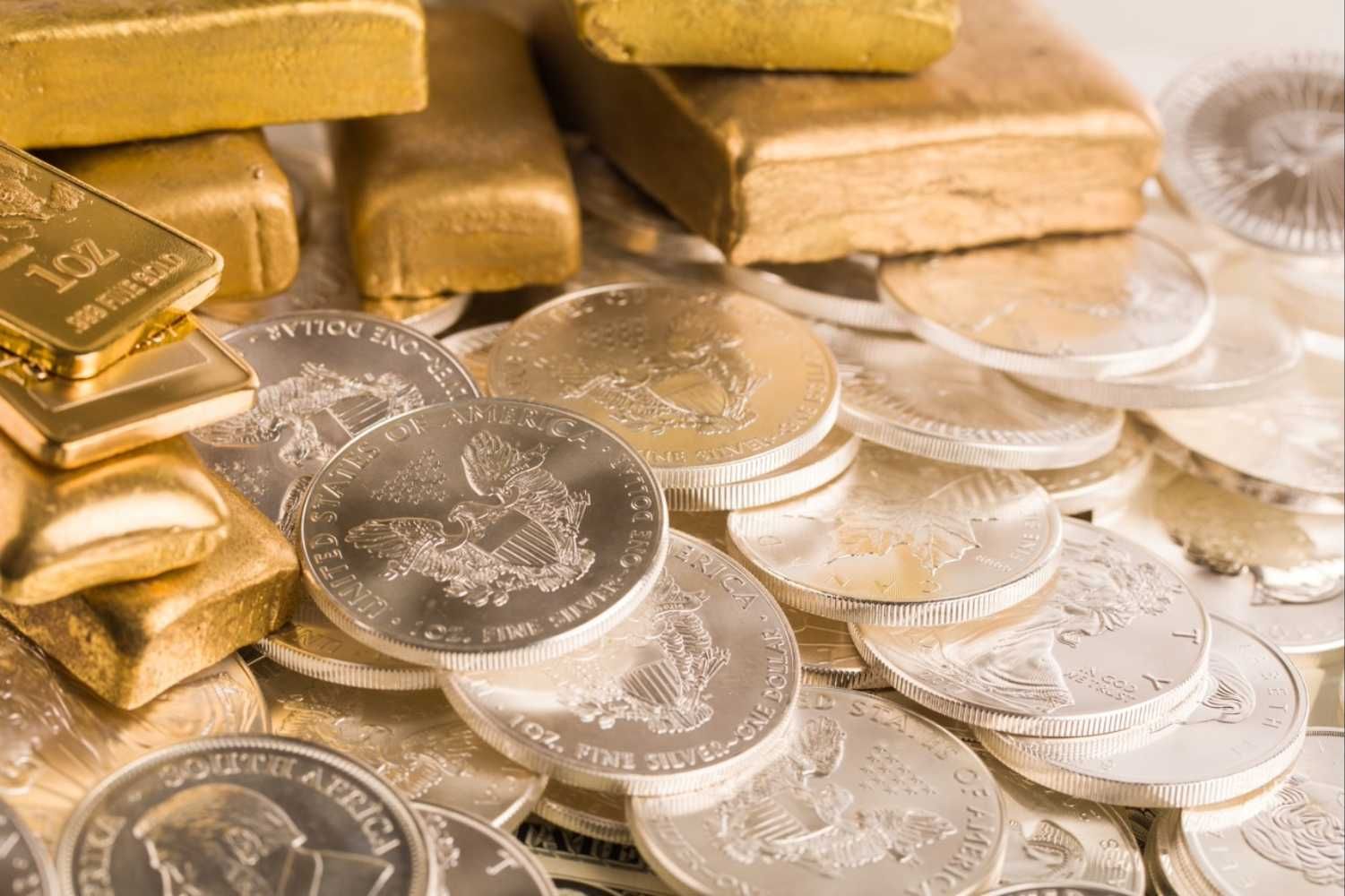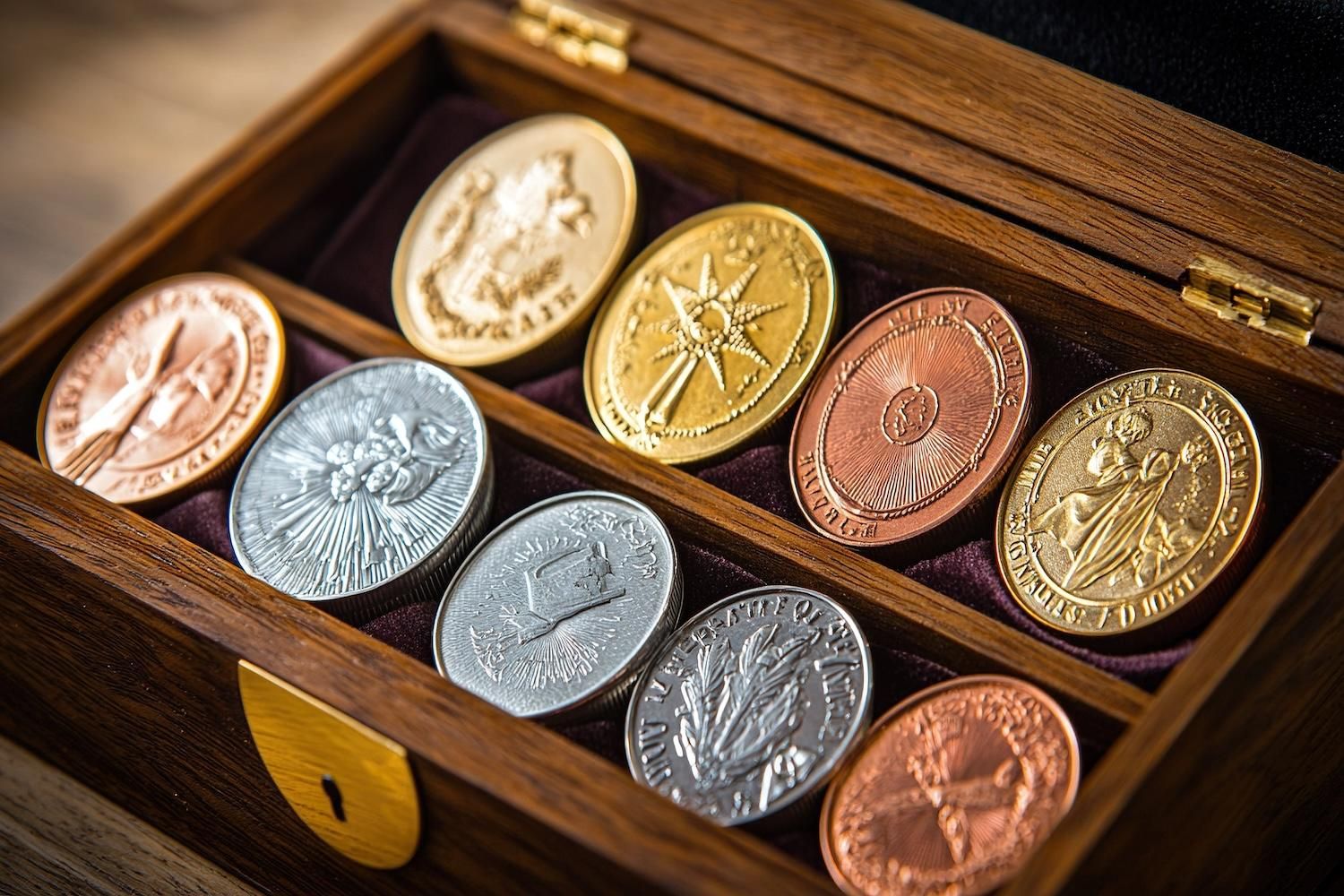
June 07, 2024
Astral Resources (ASX:AAR) is a gold mineral exploration company focusing on three assets are the Mandilla gold project, the Feysville gold project, and the Carnilya Hill gold project. Astral is advancing its flagship Mandilla gold project, with a mineral resource estimate of 37 Mt at 1.1 g/t gold for 1.27 Moz. The 100 percent owned Feysville is another key project that hosts a mineral resource estimate of 3 million tons (Mt) at 1.3 grams per ton (g/t) gold for 116,000 ounces (oz) of contained gold.
The scoping study completed at Mandilla highlighted the Theia deposit, which accounts for 81 percent of the total Mandilla mineral resource estimate. The deposit hosts a mineral resource estimate of 29 Mt at 1.1 g/t gold for 1.02 Moz of contained gold in one large open pit. The scoping study indicates a mine life of 11 years with an annual production of 100,000 oz in the first seven and a half years, dropping to 41,000 oz for the remaining three and a half years. The study outlines compelling financial metrics, including NPV@8 percent of AU$442 million, free cash flow of AU$740 million, and a payback period of nine months.

Astral continues to advance exploration and resource expansion efforts at Mandilla with plans to commence a pre-feasibility study. The company completed a six-hole 1,832 metre drilling program at Theia deposit last year. The assay results have been released and indicate a high potential for the conversion of inferred resources to higher confidence indicated resources. The assay results include: 39 metres at 5.4 g/t gold, 29 metres at 2.8 g/t gold, 28 metres at 1.4 g/t gold, 8 metres at 8.8 g/t gold.
Company Highlights
- Astral Resources is an ASX-listed gold exploration company in the Kalgoorlie region of Western Australia, a tier 1 jurisdiction and a mature mining region with successful development history and granted mining leases.
- The company has three assets - the Mandilla gold project, the Feysville gold project, and the Carnilya Hill gold exploration project.
- The focus is on advancing its flagship Mandilla gold project, with a mineral resource estimate of 37 Mt at 1.1 g/t gold for 1.27 Moz.
- The scoping study at Mandilla highlights the project’s robust economics with a mine life of 11 years, NPV@8 percent of AU$442 million, and free cash flow of AU$740 million.
- Mandilla’s cornerstone Theia deposit, which comprises 81 percent of the project’s resources, contains 29 Mt at 1.1 g/t gold, with 1.02 Moz of contained gold in one large open pit.
- Feysville project hosts a mineral resource estimate of 3 Mt at 1.3g/t gold for 116 koz of contained gold. The project could potentially become a source of satellite ore feed to Astral’s flagship Mandilla gold project.
- The company is led by an experienced team with a proven track record of advancing projects to development and M&A.
This Astral Resources profile is part of a paid investor education campaign.*
Click here to connect with Astral Resources (ASX:AAR) to receive an Investor Presentation
AAR:AU

Sign up to get your FREE
Astral Resources Investor Kit
and hear about exciting investment opportunities.
- Corporate info
- Insights
- Growth strategies
- Upcoming projects
GET YOUR FREE INVESTOR KIT
The Conversation (0)
02 February
Astral Resources
Gold exploration with highly prospective assets in Western Australia
Gold exploration with highly prospective assets in Western Australia Keep Reading...
10 December
Strongly Supported $65m Placement to Advance Mandilla
Astral Resources (AAR:AU) has announced Strongly Supported $65m Placement to Advance MandillaDownload the PDF here. Keep Reading...
08 December
Trading Halt
Astral Resources (AAR:AU) has announced Trading HaltDownload the PDF here. Keep Reading...
01 December
Theia Grade Control Confirms Geological Interpretation
Astral Resources (AAR:AU) has announced Theia Grade Control Confirms Geological InterpretationDownload the PDF here. Keep Reading...
17 November
Theia In-fill - Multiple High-Grade Zones of Gold
Astral Resources (AAR:AU) has announced Theia In-fill - Multiple High-Grade Zones of GoldDownload the PDF here. Keep Reading...
30 October
Quarterly Activities & Cashflow Report
Astral Resources (AAR:AU) has announced Quarterly Activities & Cashflow ReportDownload the PDF here. Keep Reading...
26 December
Rick Rule, Ed Steer, Vince Lanci and More — Our Top 5 Interviews of the Year
2025 was a breakout year for gold and silver, and throughout its twists and turns the Investing News Network (INN) turned to experts for help navigating the markets.The INN team spoke with dozens of industry insiders over the course of the year, spending time with seasoned professionals who can... Keep Reading...
25 December
Jeffrey Christian: Gold, Silver at Record Prices, Expect Spikes Higher in 2026
Jeffrey Christian, managing partner at CPM Group, shares his outlook for gold and silver in 2026, explaining why he expects higher prices for the metals. "We think that 2026 is going to be a more hostile environment than 2025, and that will cause investors to buy more gold and silver. So we're... Keep Reading...
24 December
What Was the Highest Price for Gold?
Gold has long been considered a store of wealth, and the price of gold often makes its biggest gains during turbulent times as investors look for cover in this safe-haven asset.The 21st century has so far been heavily marked by episodes of economic and sociopolitical upheaval. Uncertainty has... Keep Reading...
24 December
Blackrock Silver Announces C$15 Million Strategic Investment by Two Cornerstone Purchasers
Blackrock Silver Corp. (TSXV: BRC,OTC:BKRRF) (OTCQX: BKRRF) (FSE: AHZ0) ("Blackrock" or the "Company") is pleased to announce a non-brokered private placement (the "Offering") of up to 13,636,363 units (the "Units") at a price of C$1.10 per Unit for gross proceeds of up to C$15,000,000. Each... Keep Reading...
24 December
Gold Price Hits New Record, Breaks US$4,500; Silver, Platinum Also at All-time Highs
Gold marked a new price milestone on Tuesday (December 23), continuing its record-breaking 2025 run. The spot price rose as high as US$4,511.83 per ounce, hitting that point at 4:04 p.m. PST. Don't forget to follow us @INN_Resource for real-time updates!Securities Disclosure: I, Charlotte... Keep Reading...
23 December
From Gold Coins to Copper Tools: Unique Festive Gifts for the Metals Investor
With pumpkin spice in the air, thoughts are turning to the biggest event of the year… No, not the curling championships — Black Friday and the start of the gifting season.Here at the Investing News Network, our team aims to provide relevant information to help readers make informed investment... Keep Reading...
Latest News

Sign up to get your FREE
Astral Resources Investor Kit
and hear about exciting investment opportunities.
- Corporate info
- Insights
- Growth strategies
- Upcoming projects
GET YOUR FREE INVESTOR KIT
Interactive Chart
Latest Press Releases
Steadright Grants Stock Options
24 December
Silverco Confirms No Material Change
24 December
Related News
TOP STOCKS
American Battery4.030.24
Aion Therapeutic0.10-0.01
Cybin Corp2.140.00







